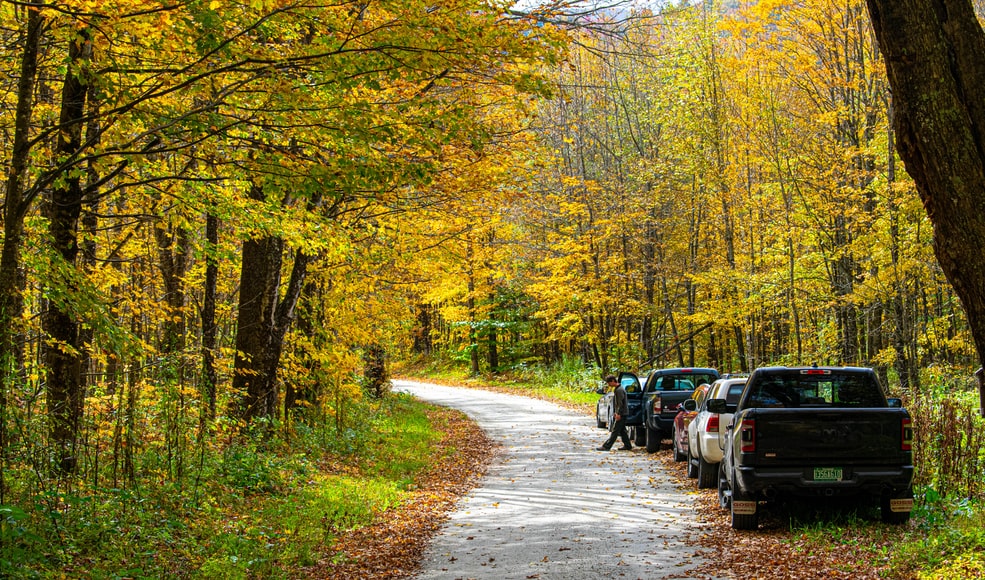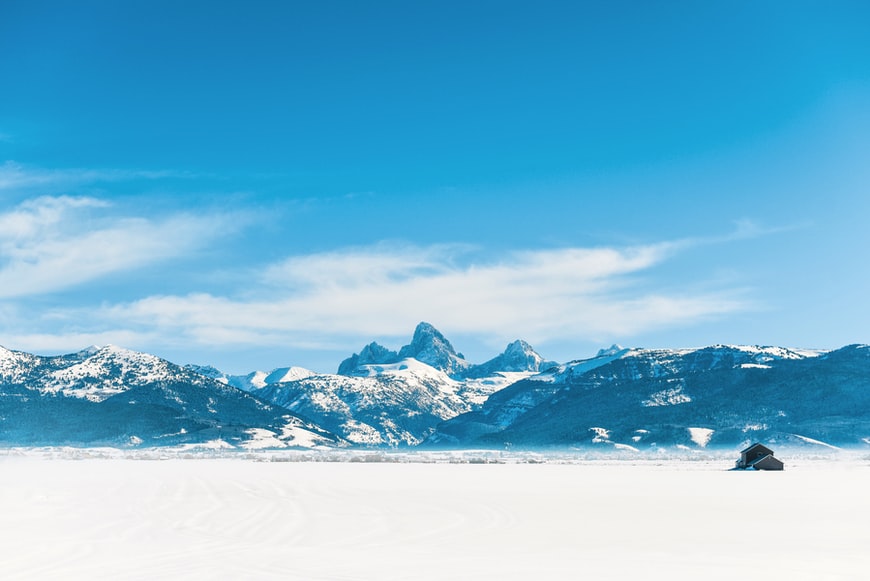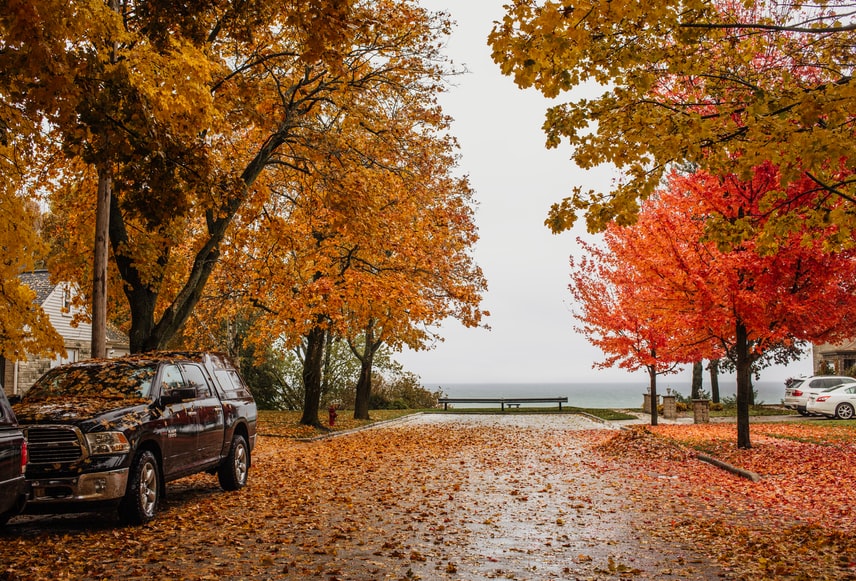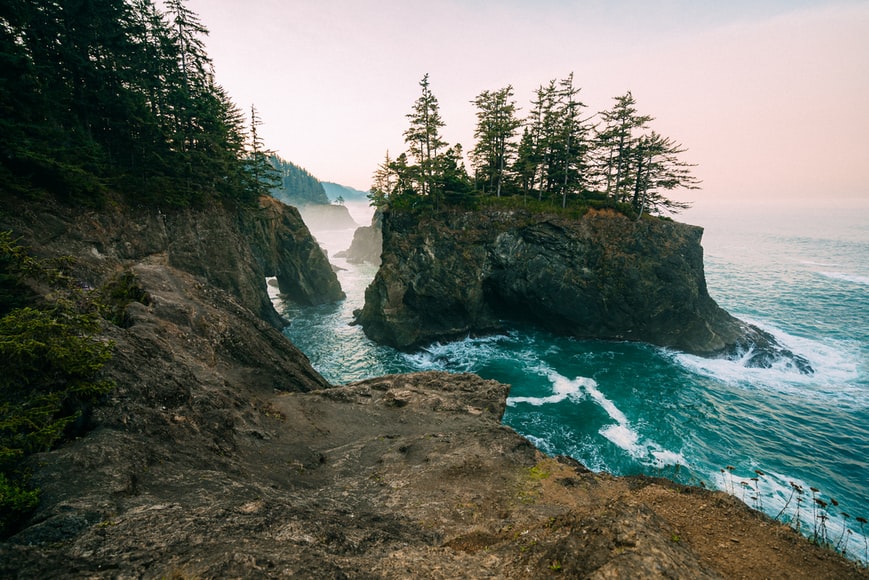Minimizing Wear and Tear During Off-Road Adventures
BY Sibashree May 13, 2025
Off-road adventures are fun and games until you hit a snag and have to find a way out. The best way to avoid that is to come prepared. While we cannot predict what might happen to you on the trail, we can help you prepare. This article will look at some things you must do and carry to make your off-road adventures safe and fun. Therefore, follow along to learn all you need to know about the right cheatsheet to follow while you are going on the trail. How To Minimize Wearing & Tearing During Off-Road Adventure Going on an off-road adventure sounds great. However, fun can easily become punishment if you are not careful enough. This section is mostly about that. Here, we will look at some of the key points you must remember if you want to have fun and be safe at the same time. However, trouble does not come with a script. Anything can happen at any point in time. Therefore, one key thing you must do is stay mentally prepared. That is the only thing that will be useful when you are on the trail with your car or bike. Here we go! 1. Start with the Right Vehicle and Gear The foremost thing about maintaining your vehicle during off-road adventures is to choose the right one. You cannot drive a Lamborghini or a Harley while navigating treacherous terrain. Choose a vehicle that is suited for a muddy trail. For bikes, a scrambler or an ADV is the perfect choice. Meanwhile, for cars, go for a 4x4 with great ground clearance. These are best suited for the mud and grime of the trail, compared to other variants. 2. Inspect Before You Go Before setting out, take time to inspect key parts of your vehicle. Check fluid levels (oil, coolant, brake fluid), inspect belts and hoses for signs of wear, and make sure your battery is properly secured. Pay close attention to the tires, brakes, and suspension—these components bear the brunt of off-road punishment. Catching problems early can prevent serious damage and keep your trip running smoothly. 3. Drive with Caution and Control How you drive off-road can make a big difference in how much wear your vehicle suffers. Avoid aggressive acceleration or braking. Instead, maintain a steady pace and navigate over rocks, ruts, and water crossings. Use low-range gears when climbing or descending steep grades to maintain control and reduce strain on your drivetrain. Smooth, deliberate driving helps thoroughly clean your vehicle's damage. 4. Use High-Quality Parts and Accessories Invest in durable, high-performance parts from a trusted auto parts seller when replacing or upgrading components. Budget parts may seem appealing, but they often wear out faster and offer less protection. Upgrades like skid plates, heavy-duty shocks, and reinforced components can make a big difference in long-term reliability. Items You Need During Off-Road Adventures Being out in the wild is difficult, especially if the trail is remote and hosts limited thoroughfare. Therefore, if things go bad, it means that you can be stuck for hours. In worst-case scenarios, it can be days before you can be rescued. As a result, being prepared for the worst and carrying some tools can mean the difference between life and death. Therefore, follow along if you want to know more about some of the tools you must have if you love being out and about with your bike or car. Let’s go! First-Aid Kit This is a no-brainer, but we still listed it in our article. A study shows that most injuries received during off-road adventures could have been controlled if there had been a first aid kit. Some companies specialize in making kits suited for off-roading. Consider getting those kits, as they are purpose-built and come in a portable case that is easy to store in the car's trunk or the top box of your bike. Flashlight A flashlight is another no-brainer. While you are out and about adventuring, you never know when you will need a flashlight. A flashlight is not just there to illuminate the way, but it can also save lives. A flashlight has sometimes saved adventurers by making them easier to spot from the sky. The best flashlights are the ones that can be worn on your head. These offer better flexibility and keep your hands free. Extra Blankets If your car or bike breaks down and help is hours away, you need something to keep you warm. This is where trail blankets come in handy. Trail blankets are easy to carry and quite effective. They do not take up much space, and they are great insulators. Apart from blankets, you must also bring a sleeping bag. That will help you stay out at night if things go bad. Food/Water/Fire The three golden rules of off-road adventures are constant food, water, and fire access. These are the most important things you need out on the trail. For food, consider carrying MREs. Meal-ready-to-eat is great as it packs nutrition in a small space. For fire, consider carrying waxed wood shavings as they can burn upto an hour without any hassle. As for water, it is self-explanatory. Sattelite Communicator While trailing, you must have devices that can help you connect with civilization. Think like this: the spokes of your motorcycle gave up, you are stranded, and you must establish communication. What do you do? This is why you must have some sort of communicator that can help you send out a signal that people can use to find you. The Journey Must Commence With careful preparation and ongoing maintenance, you can reduce your vehicle's wear and tear and enjoy your off-road journeys for years. However, you must also prepare for the worst if push comes to shove. We have also listed some of the necessary components to avert any disasters. Hopefully, we were able to list all the things and pointers you must ensure for a safe and happy trailing. Therefore, try not to discount anything we have listed here. Otherwise, you can end up being part of the stat. Thank you and have a great day ahead.
















